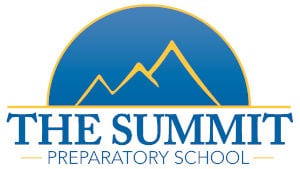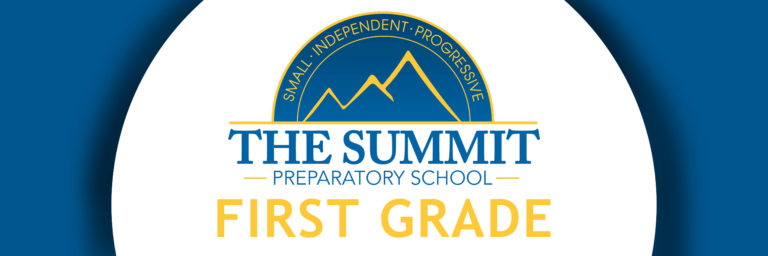 This week students read Animal Skeletons. Through the book, students learned about the types and functions of bones in humans as well as other animals. Focusing on the reading strategy of asking and answering questions, we discussed our prior knowledge of the topic and then how to ask and answer questions as we read to help us understand and remember information in a book. Through short repetitive phrases, students had the opportunity to building reading fluency, which again aids in reading comprehension.
This week students read Animal Skeletons. Through the book, students learned about the types and functions of bones in humans as well as other animals. Focusing on the reading strategy of asking and answering questions, we discussed our prior knowledge of the topic and then how to ask and answer questions as we read to help us understand and remember information in a book. Through short repetitive phrases, students had the opportunity to building reading fluency, which again aids in reading comprehension. 
After reading, through the use of a Venn Diagram, first graders practiced the comprehension skill of comparing and contrasting. Selecting two different animals skeletons, students described how they are alike and how they are different.
 Phonological and gramatical skills were also practiced in relation to the book. Students looked for the vowel pattern “ight,” brainstormed “ight” words, and completed sentences using the appropriate “ight” word. Students were introduced to pronouns as they rewrote sentences and generated their own sentences using the pronouns it and they.
Phonological and gramatical skills were also practiced in relation to the book. Students looked for the vowel pattern “ight,” brainstormed “ight” words, and completed sentences using the appropriate “ight” word. Students were introduced to pronouns as they rewrote sentences and generated their own sentences using the pronouns it and they.
The book came to life as we examined animal skeletons on loan from the Conservation Department.


